Image Credit: Roger Normand
[Editor’s note: Roger and Lynn Normand are building a Passivhaus in Maine. This is the 14th article in a series that will follow their project from planning through construction.]
We all know that ground beef and steak come from butchering a cow, but not many people have been to a slaughterhouse. (I suspect many would become vegetarians if they did).
Similarly, I know that lumber comes from milling trees, but I had never been to see how a sawmill processes logs into trees. I have been a woodworker and home remodeler for years. I get my lumber and plywood from the local lumberyard and have often wondered how a once-stately tree becomes a 2×4 stud or a 1×6 board. I thought it would be interesting to see how it’s done.
As I explained in my last blog, we had to remove over 30 mature pine trees from our lot to make way for building the home. I am a believer in sustainability: for every tree you cut today, plant another so that it will be available for future generations. Unfortunately, that one-for-one trade won’t be possible on our small lot.
But instead of just sacrificing these beautiful pines to become pulp for tomorrow’s newsprint, perhaps we could harvest some of the better quality logs and use the lumber in the construction or finish of interior spaces. In so doing, the soul of these majestic pines could live on in EdgewaterHaus.
Knotty pine boards for paneling
So in a moment of clairvoyance, the plan was hatched: the south-facing three-season room would be built to the same standards as the rest of the house, but it would be finished to resemble a classic Maine waterfront cottage with exposed timbers and knotty pine walls and ceilings. The pine lumber would come from these very trees on our lot, and I would somehow participate in “harvesting” them.
Chris Briley, our architect, calculated what size and quantity of timbers and boards we would need.
There used to be dozens of small sawmills in southern Maine, but few remain today. Hurd Lumber in tiny Acton, Maine (population 2,000), is one of the few surviving sawmills in the area. They readily agreed to do the milling for our pine logs.
Nestled between the Maine and New Hampshipre borders, Acton a scenic 35-mile drive from EdgewaterHaus, with the roadway offering panoramic mountain and lake views. The route we travelled to get to Hurd Lumber even included a brief foray of a few hundred yards into the Granite State before returning to Maine soil and Hurd Lumber.
Hurd Lumber has deep roots in Acton. Brothers Carl, Mark, and Frank are the third generation of the Hurd family to own and operate the sawmill. Mark Hurd’s wife is the office manager. Hurd Lumber specializes in milling pine and hemlock, but will do other woods upon request. The three brothers share management duties. All three also work on the production line operating the sawmill.
At this sawmill, no products are wasted
Here’s a video tour of the Hurd team milling our pine logs. There is no waste from the milling process. All the byproducts from the milling process are collected and sold: sawdust for animal bedding; bark for plant bedding; and log offcuts and remnants are cut into uniform sized chips and sold to paper mills.
Our pine logs were milled, stickered and stored outside at Hurd Lumber for air drying. The lumber should be ready to use in a few months.
Ayeah, she’ll be a mighty-fine lookin’ three-season room!
The first article in this series was Kicking the Tires on a Passivhaus Project. Roger Normand’s construction blog is called EdgewaterHaus.
Weekly Newsletter
Get building science and energy efficiency advice, plus special offers, in your inbox.

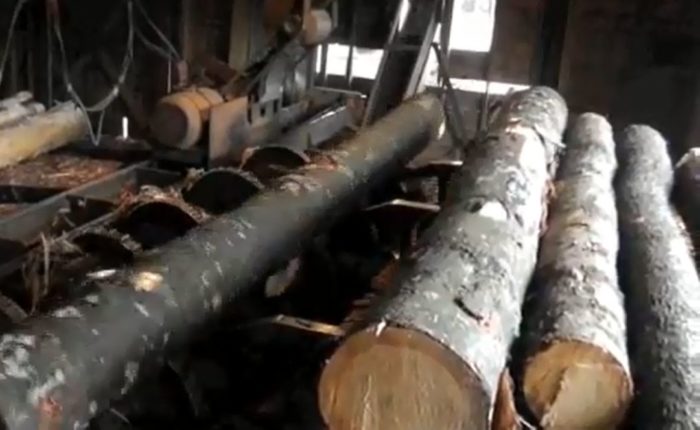




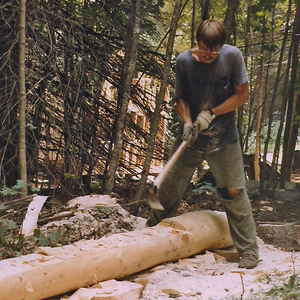
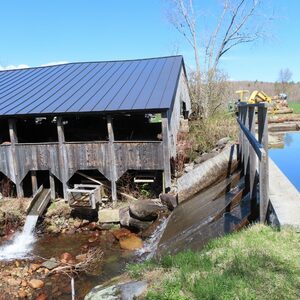
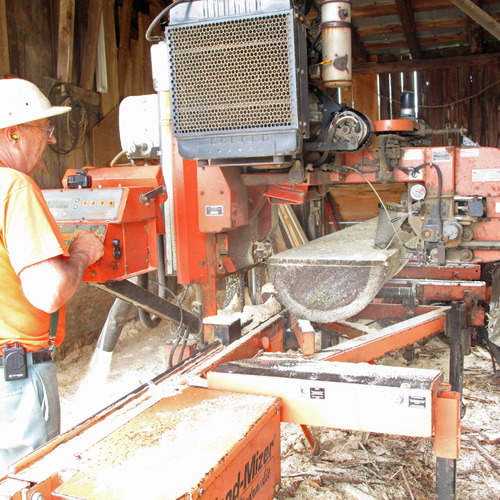
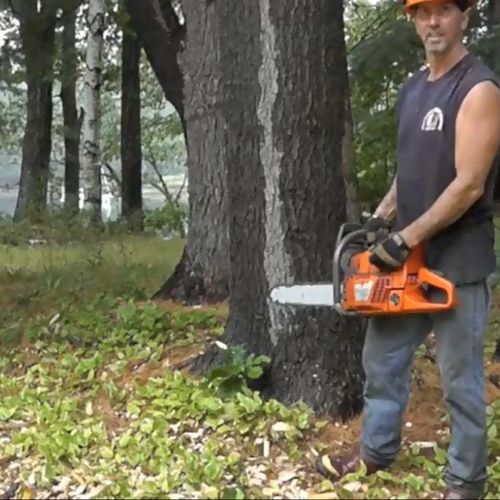






5 Comments
Dipped to stop blue stain?
Dipped to stop blue stain? Kilned for stability? Plant trees elsewhere?
Quite an interesting
Quite an interesting operation at the mill. Thanks.
AJ: Translation? ???
Thanks. I had hoped for
Thanks. I had hoped for this.
In the Pines
My foray into woodworking started as a stacker at a pine mill in Essex, VT. In Jamaica, the locals say prayers and give thanks to the duppies who are believed to inhabit the trees before they fell them to make dugout canoes. You wouldn't want your boat cursed when traversing the mighty sea.
Thanks for the tour.
That's fascinating. Looks like those guys are masters of their craft.
Log in or create an account to post a comment.
Sign up Log in